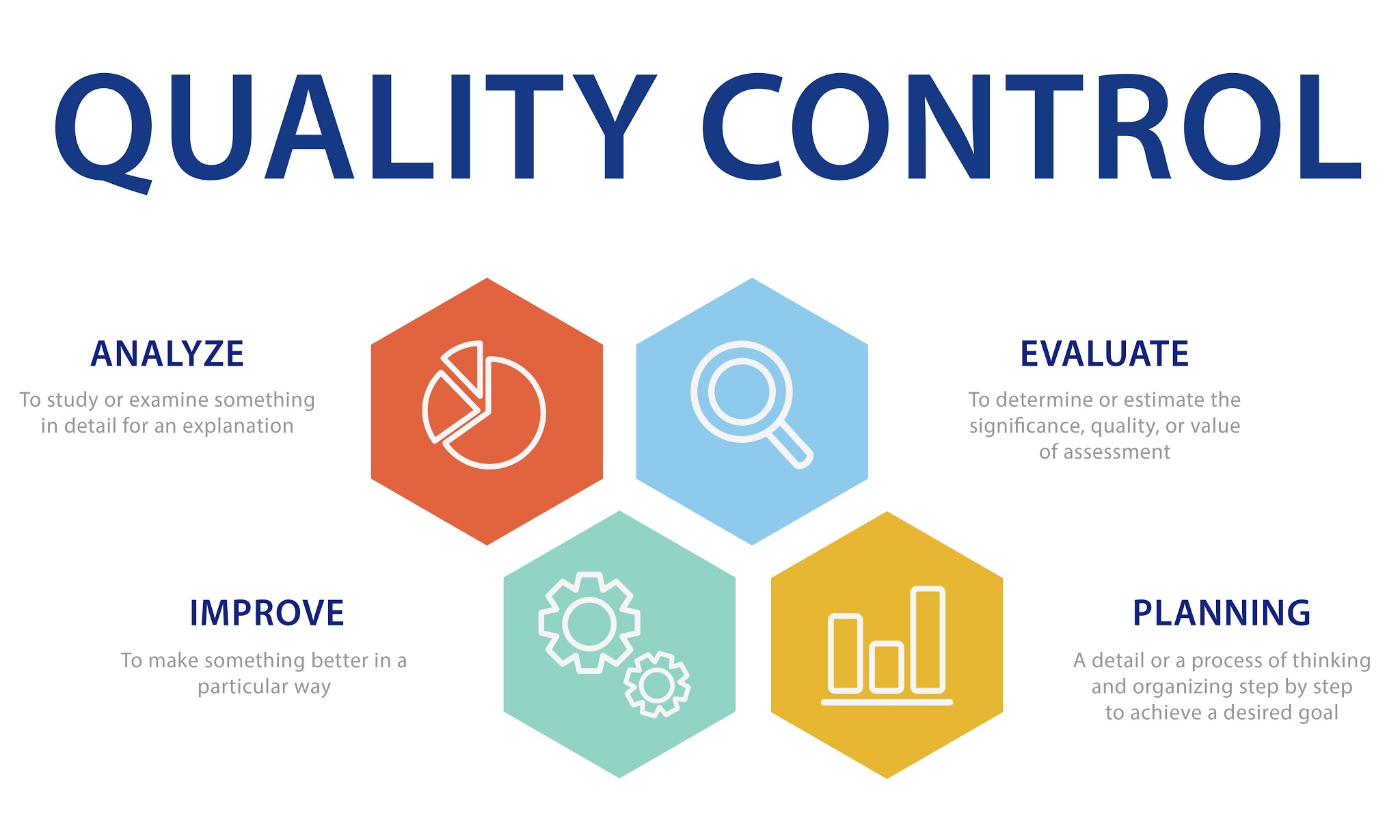
How to Establish Quality Control Processes
When you think of quality control, you probably think of manufacturing businesses inspecting products for flaws. In reality, quality control processes can be used in all types of businesses, whether they are product-based or service-based, B2B or B2C.
Quality control is a key component of a well-run business. A quality control program helps to ensure your small business is delivering a consistent product, service and customer experience. Developing quality control processes allows your business to operate without you, making it easier to expand into new locations, delegate duties and even sell your business when the time comes.
Business growth requires careful attention to both dollars and people, and quality control helps ensure you’re monitoring both. If your products or services are poor quality, you’ll spend a lot of time and money redoing them and cutting into your profit margins. If customers aren’t happy with the quality of your products and services, they’ll stop doing business with you. As word spreads, you’ll gain a reputation for poor quality, making it harder to attract and keep customers and employees.
Here are 6 steps to develop a quality control process:
1. Set your quality standards.
In some industries, you may have to meet quality standards set by an outside body, such as an industry association, the local health and safety inspector, or a government regulatory agency. In others, there aren’t any official quality standards, so you’ll need to set your own.
Each department of your business will have different quality control standards. However, they must all be objectively measurable. For example, if you’re developing quality control standards for your customer service team, “sounding friendly on the phone” is not a measurable standard. Measurable standards might include:
- Answering all customer calls by the second ring
- Responding to all customer service emails within four hours
- Resolving customer service problems in five minutes or less
2. Decide which quality standards to focus on.
Of course, you want to ensure quality in all aspects of your operation. However, begin by focusing on the most important measures — those that have the biggest effect on your profits and your customer experience. This will enable you to get results quickly and also keeps you and your team from becoming overwhelmed.
For instance, if you own a restaurant, keeping the restrooms clean is definitely something to monitor in your quality control program—but not the most important thing. Getting orders out to customers quickly and accurately is a more important standard because it has a more direct effect on the quality of experience and customer satisfaction.
3. Create operational processes to deliver quality.
W. Edwards Deming, the founder of modern quality control, believed that well-designed processes lead to high-quality products and services. If you create good processes, continually measure the results of the processes, and work to consistently improve the process, your product or service will get better and better.
Starting with your critical operations, create step-by-step processes that include benchmarks. For instance, in a B2B company’s accounting department, operational processes might require preparing and delivering invoices within 24 hours after a job is completed or a product is delivered. In a restaurant, operational processes might require servers to pick up food for delivery to the customer’s table within two minutes of it being prepared.
4. Review your results.
Most business software, from financial and accounting apps to customer relationship management or customer service tools, lets you customize the information you collect and use dashboards to view it at a glance. Review your data regularly to see how well your company is meeting its quality standards.
5. Get feedback.
Use measurable feedback from external sources, such as customer surveys, online ratings and reviews and net promoter scores (NPS), to get a fuller picture of product and service quality. Also, get regular feedback from employees. How well are the operational processes working to deliver quality? How could they be improved?
6. Make improvements.
Once you’re meeting your quality control standards, don’t stop there. For example, if you own a residential cleaning service business and you can cut the time it takes your maids to clean a home by 25 percent, you’ll be able to handle 25 percent more business without hiring any additional employees. That will really boost your bottom line.
No matter how well your processes are running, quality control shows there’s always room for improvement, and making small changes can pay off in big ways.
Resource: SCORE







